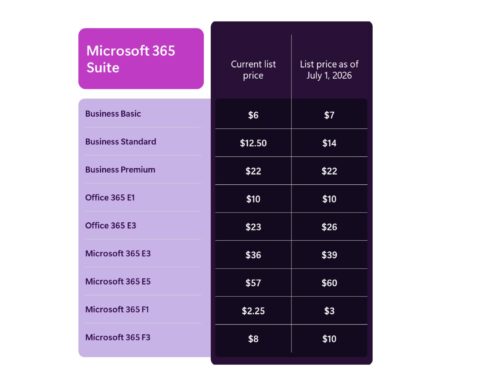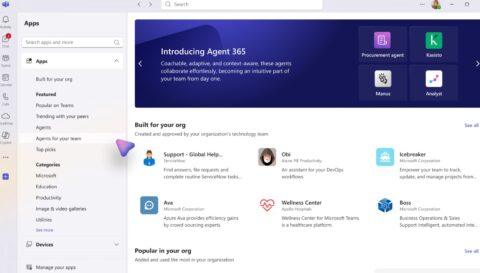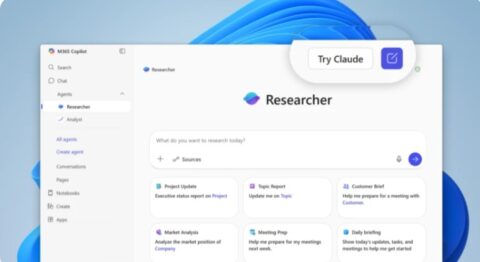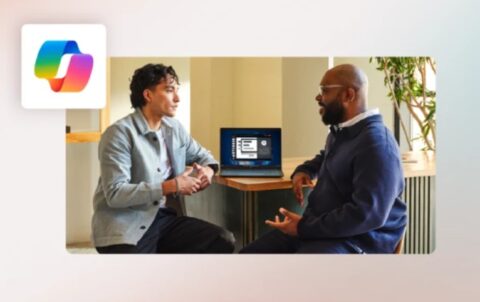Updated: January 7, 2025 (March 27, 2024)
BlogMicrosoft Fabric takes control of Power BI licensing

Proof that Microsoft Fabric, the new data and analytics offering, is now wearing the Microsoft BI crown was confirmed last week when Microsoft announced that existing Power BI customers will have to switch from Power BI licensing to Fabric licensing, many by the end of the year.
Update (Jan. 2025): Microsoft has quietly changed direction with Fabric and Power BI licensing and is now deprecating only Power BI Premium P subscriptions at the end of 2024, reducing the number of Power BI deployments that must migrate to Fabric. Originally, Microsoft planned to retire the popular Power BI embedded SKUs (known as A and Premium EM), which support embedding Power BI reports into custom applications, such as thick-client and Web applications. Without the change, Power BI embedded customers were faced with a significant cost increase after Dec. 2024.
There are lots of ways to promote a new service. Good marketing, enticements, and perhaps finished components, but forcing customers to relicense and migrate to a new service seems a little extreme. Maybe Microsoft is preparing for next year’s financial analyst call next year: “Our investment is paying off! Fabric adoption is through the roof!”
What Happened?
On March 14, 2024, Microsoft announced plans to retire several Power BI licensing and purchasing options by the end of 2024, which will require customers to purchase new Fabric licensing and migrate existing workspaces. Officials claim the change will give Power BI customers more benefits, but what I see is a situation with less flexibility, fewer benefits, and for some customers, much higher cost.
(Note: The licensing change only affects customers using Premium P, Premium EM, and Azure Power BI Embedded A SKUs. Customers using Power BI Pro, Premium Per-User, or Power BI in sovereign government clouds are not affected by this change.)
Migration Is Required
All customers, using the affected Power BI SKUs will have to migrate at some point, but the timing is dependent on their agreement. The Power BI SKUs (P, EM, and A) are retiring on Jan. 1, 2025. EA customers can wait until the end of their agreement, while all other customers must migrate by the end of their subscription date, which could be December of this year (2024).
Migration is not complicated, but it is disruptive. Customers must purchase and deploy new Fabric capacities, migrate existing Power BI workspaces, and recreate scheduled jobs. Not risky, but it does require testing and takes users away from other priorities, all for the sake of relicensing.
Who is affected by these changes and how?
Power BI Premium P
These are customers using Premium P1 through P5 SKUs, which are equivalent to Fabric F64 through F1024 SKUs.
The major licensing change for these customers is the loss of dual-use rights for Power BI Report Server on-premises. This is a special benefit of Premium P subscriptions where customers can use a Premium P subscription for both a Premium P deployment in the cloud and to cover an on-premises Power BI Report Server deployment. It’s a nice solution for customers with on-premises and cloud requirements.
But the dual-use benefit is going away. Customers using this benefit will need to cover their on-premises deployments with SQL Server Enterprise edition per-core licenses and maintain Software Assurance. Those licenses are not cheap.
So, why is Microsoft doing this? Microsoft justifies removing the benefit by saying, “Microsoft Fabric capacity is not compatible with Power BI Report Server.” But covering an on-premises deployment was always just paperwork. It never required an actual connection to Power BI, so there’s no technical compatibility problem and Microsoft has gone out of their way to explain how Fabric SKUs map to Power BI Premium.
Power BI Premium EM and Azure Power BI Embedded
These are customers using EM or A SKUs: Premium EM1 through EM3 SKUs or Azure Power BI Embedded A1 through A5 SKUs.
EM SKUs are equivalent in performance and price to Fabric F8 through F32 SKUs.
A SKUs are equivalent in performance and cost to Fabric F8 through F128 SKUs.
The major impact here is that the lower Fabric F SKUs (F32 and lower) do NOT cover Power BI read-only users. This means embedded customers who migrate to a Fabric F32 (or lower SKU) will need to license their Power BI read-only users with Power BI Pro licenses. Alternatively, customers will need to upgrade to an F64 (or higher SKU) that does include read-only rights. Both options represent a significant increase in cost.
I’ve asked Microsoft to clarify the story for embedded customers, because this seems like they’re just not interested in keeping these customers. The response: They are “determining a plan for the EM SKUs, we will share more when we are able.” I’m hoping there are changes to the rules before this goes live, because I know customers who will shut down usage and look for an alternative solution if not.
Benefits?
There have to be some benefits here, right?
Power BI SKUs are purchased through Microsoft 365, so moving to Fabric licensing will help customers meet Microsoft Azure Consumption Commitment (MACC). If they are Azure customers. (I’m not into conspiracies, but now I’m wondering if this change might be a push to improve Azure sales numbers as well.)
Fabric has more purchasing options than Power BI, including a flexible pay-as-you-go (PAYG) option and a reserved capacity option that provides the same pricing as Power BI licensing. The PAYG option is appealing to me because it means I can scale my deployment as needed and for customers who can scale down at night and on weekends, the math says I can have lower overall cost than before. However, the one concern I do have is for larger customers using reserved capacity, because it requires an annual commitment, whereas the Power BI Premium purchases could be adjusted mostly. This means to get the best prices you’ll need to commit to a minimum level for the entire year.
The announcement also highlighted that Fabric capacities have exclusive features not in Power BI Premium (P or EM) capacities, such as better security when using OneLake and Spark. These are nice features, but this assumes I am using or plan to use the new Fabric service. In other words, I don’t see that they apply to many long-standing Power BI customers.
What’s Next?
I understand what Microsoft is doing and it’s not entirely a bad thing, but I do hope they provide a plan for embedded customers and extend the deadline out for all customers. A nine-month notice on a migration project is just not nice.
Now, I’m off to update my licensing WIKI entries and training materials….
Related Resources
Microsoft blog post: Important update coming to Power BI Premium licensing
Power BI Roadmap 2024, Wrapped in Fabric (Directions members only)
Understanding Microsoft Fabric Licensing (Directions members only)















